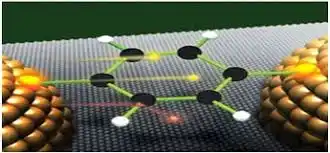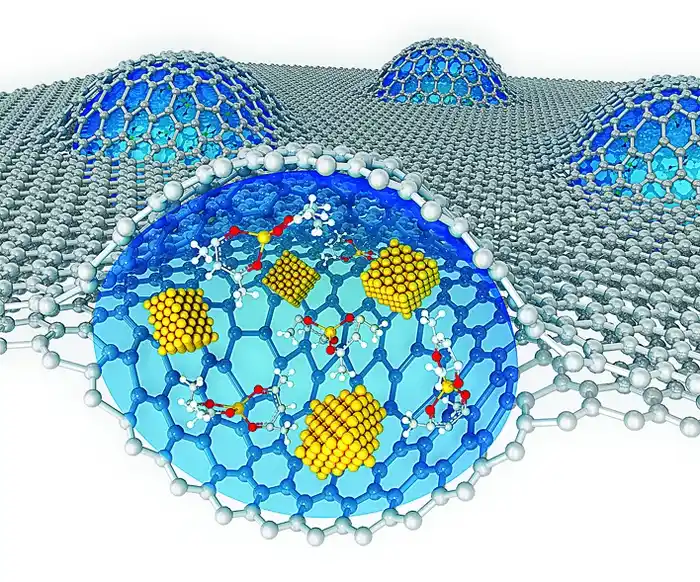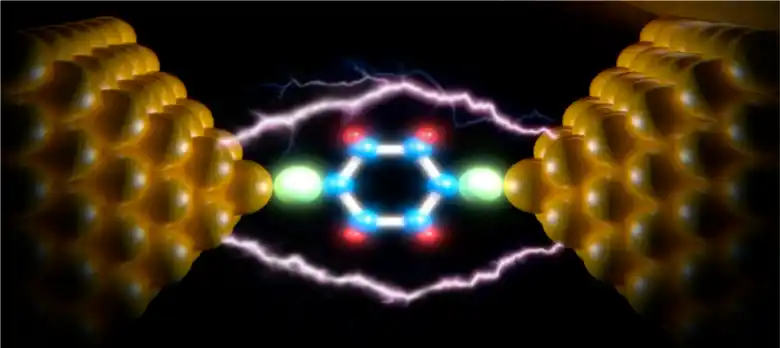افشین رشید
اُستادیار ؛ عضو هیات علمی دانشگاه آزاد اسلامی واحد علوم و تحقیقات تهران
615 یادداشت منتشر شدهSelf-organized Electrical Nanostructure DND (Metal Nanotube) Combination and Reaction With Hydrogen and Fluorine Gas

Note: In the hybrid electrical structure (metal nanotube), the reaction with hydrogen and fluorine gas, by introducing SP3, converts the hybrid electrical structure of the metal nanotube into a semiconductor.
These reactions sometimes cause the destruction of the nanotube walls, leading to the formation of amorphous carbon or graphitic layered structures. By hydrogenating single-walled nanotubes, the semiconducting nature of SWCNTs is enhanced at room temperature. Strong plasma or high-temperature reactions cause etching of the metal nanotube walls. The semiconducting SWCNTs are not damaged. Therefore, controlling the reaction conditions is very important. In nanotubes, the reaction with methane plasma removes the metal SWCNTs without destroying the semiconducting SWCNTs. In the method using a mild hydrogen nanomolecular plasma , in which hydrogen plasma is used to convert metal SWCNTs into semiconducting SWCNTs, in which case the nanotube walls are not destroyed and etched. These reactions, which are carried out in the gas phase, allow the in situ and large-scale fabrication of TFTS and FETS with semiconductor nanotubes, which is very important for the commercialization of high-efficiency devices based on nanotubes. By choosing the appropriate reactant gases, this method can also be used for selective reaction with semiconductor nanotubes. By reacting SWCNTs with SO3 as an inert gas in the presence of the reactant gas inside the furnace at 400°C, the semiconductor nanotubes preferentially react with the gas . The nanotubes are then heated to 900°C to recover the structurally defective metal nanotubes . This process is a simple way to enrich the nanotube sample from metal nanotubes. Mass production of metal nanotubes can be achieved by more precise control of the reaction conditions , ultimately leading to increased production scale for its applications, including conductive films and transparent electrodes.

In general, based on the reaction rate, selective covalent electrochemistry of metal nanotubes can be divided into two categories:
1_ First, the metal nanotubes are converted into a type of semiconductor, which causes the metal type to be quenched, and the second is the elimination of the metal nanotubes. The first reaction is accompanied by electron delocalization and loss of symmetry, and creates an energy gap in the Fermi level of the metal nanotubes.
2_ The second reaction converts all conjugated systems into a series of smaller aromatic compounds by opening the C-C bonds in the nanotube structure . The end result of both cases is the obtaining of semiconducting nanotubes, which are suitable for the fabrication of nanoelectronic devices .

In selective covalent reactions, the reactant concentration is always important. And when the reactant concentration is high, both types of nanotubes are affected by the reaction. For example, in the case of FETS, increasing the reactant concentration reduces the Off current , resulting in an off/On ratio of more than 105. On the other hand, the strong reaction reduces the mobility, which is another important parameter for electronic devices. Therefore, there must be a balance between the rate of reaction progress and the final efficiency of the device.
Conclusion:
There are several drawbacks to covalent methods . First, the nanotubes are often functionalized, resulting in defects in the electronic structure of SWCNTs. Second, the product is difficult to purify from amorphous carbon due to the violent reaction . Most importantly, there is no covalent reaction after which the (m,n) nanotube can be purified singly.